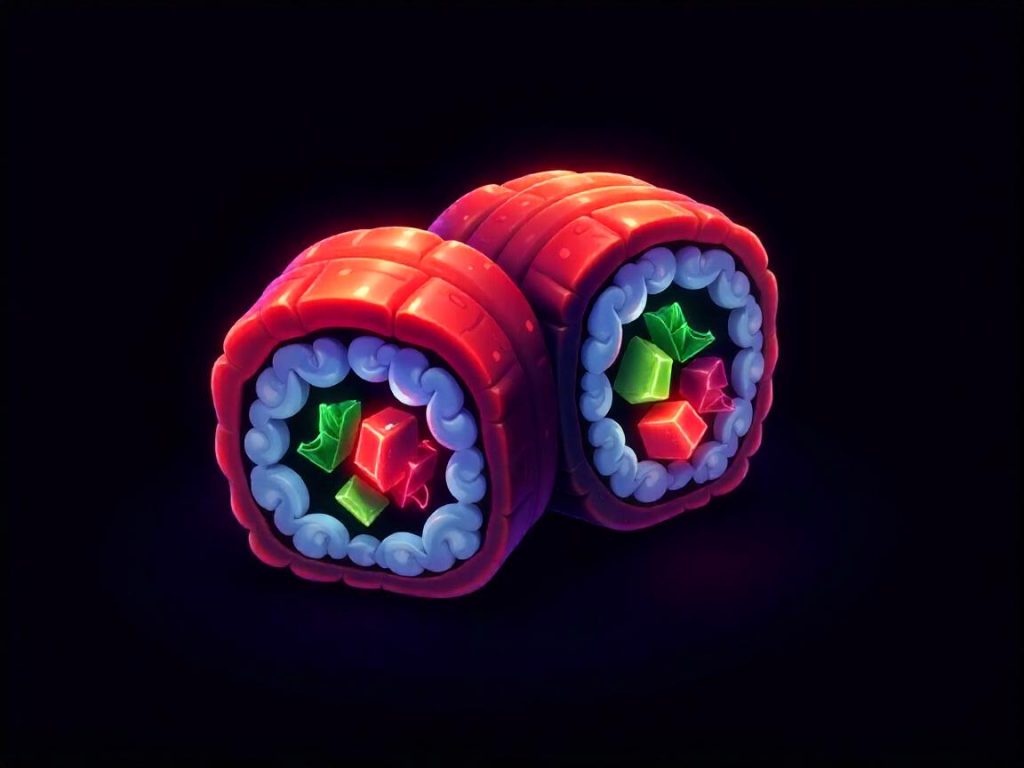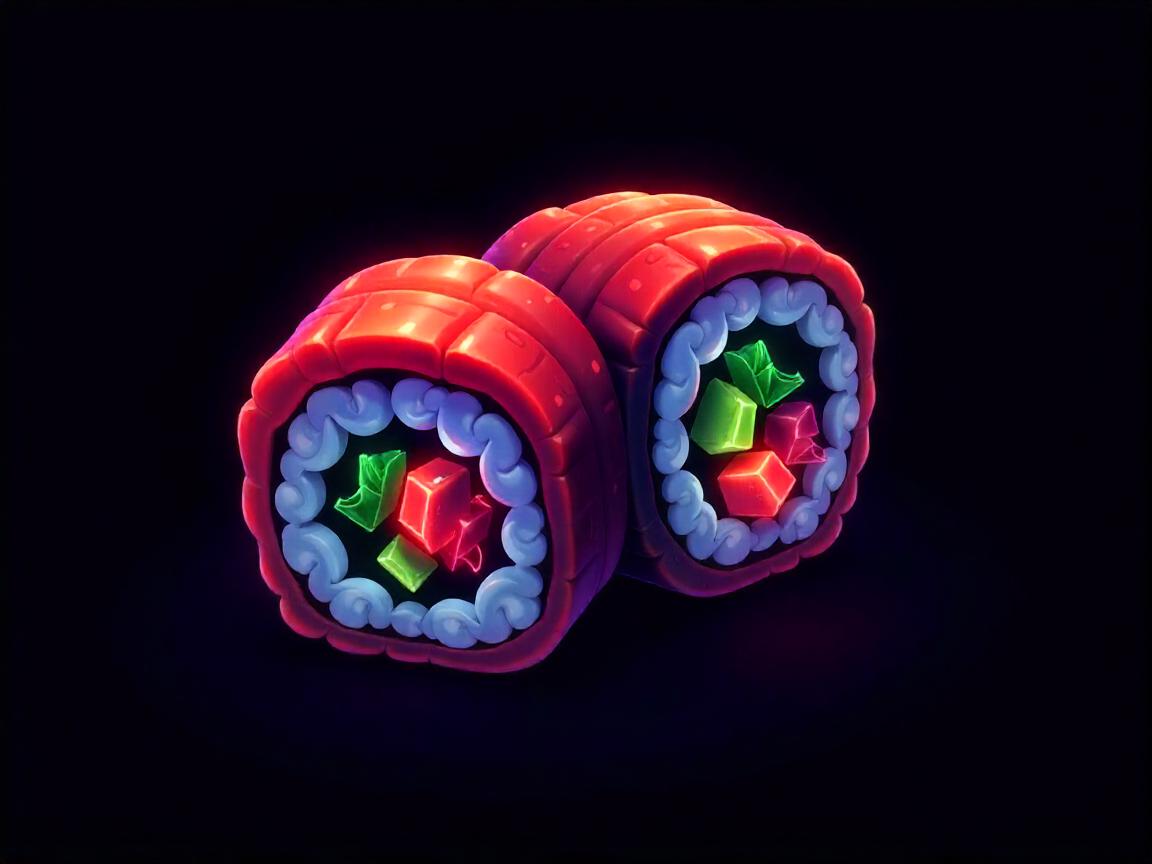Connect your Metamask wallet to the website before the next distribution cycle. Missed unclaimed rewards expire after 90 days–use a tracker like Zapper to verify balances. The current testnet runs until October 15; eligible addresses receive 500 tokens per node.
The schedule for farming rewards updates weekly. Check the GitHub repo or Medium blog for exact dates. Over $12M in cryptocurrency remains unclaimed from Q2 2023–cross-reference your wallet via the official checker tool.
Validators earn 18% APY on staking pools under 50K amount. Larger deposits trigger tiered rules: 22% for 100K+, 25% for 500K+. Refer to the guide for new users on gas optimization during peak blockchain congestion.
The allocation model favors early participants–how many tokens you lock now impacts future distribution multipliers. When is the next deadline? November 1 for cryptocoin snapshots. Sync your device before the cutoff to avoid missed rewards.
For real-time details, monitor the web dashboard or community link hubs. The size of the DeFi ecosystem grew 47% YoY, with AI-driven analytics now integrated into yield strategies.
How Sushiswap’s Automated Market Maker (AMM) model works
Connect MetaMask to the web interface, deposit tokens into a pool, and earn rewards through farming. The contract automatically adjusts price ratios based on supply and demand, eliminating order books.
Key Mechanics Behind the AMM
The system uses a constant product formula (x * y = k) to maintain balance. For example, if you add 1 ETH and 3,000 USDC to a pool, the value ratio stays fixed until trades occur. Each swap charges a 0.3% fee, distributed to staking participants.
| Parameter | Detail |
|---|---|
| Fee Structure | 0.3% per trade (0.25% to LPs, 0.05% to xSUSHI holders) |
| Token Pair Example | ETH/USDC, SUSHI/WBTC |
| How many tokens needed? | Minimum 0.1 ETH + equivalent paired asset |
Maximizing Returns: Strategies & Tools
Track unclaimed earnings via Dune dashboards or the official blog. For high-volume pairs, check Medium posts for seasonal incentives. Use GitHub to audit node updates before committing funds.
Key rules for eligibility:
– Provide assets before the deadline listed in Twitter announcements.
– Verify addresses on Etherscan to avoid scams.
– Monitor scheduled snapshots for allocation drops.
For advanced users, testnet trials reveal gas optimization tactics. Validators often share strategy breakdowns in community forums–cross-reference with news outlets like CoinGecko.

Pro tip: Bookmark a tracker like DeBank to compare APYs across tiers. New pools may offer temporary boosts; always review conditions before locking capital.
Step-by-step guide to providing liquidity on Sushiswap
Connect Metamask to the site. Ensure your wallet holds both tokens in the pair you want to deposit. Check eligibility for farming rewards before proceeding.
Navigate to the contract interface. Select the pool matching your token pair. Input how many tokens you’re depositing. Confirm the value displayed matches your expectations.
| Step | Action | Verification |
|---|---|---|
| 1 | Approve token spending | Check blockchain explorer |
| 2 | Deposit both coins | Match addresses on Dune |
| 3 | Receive LP token | Track via token tracker |
Stake LP tokens in the farming section. Verify staking conditions–some pools have tiers affecting allocation. Monitor unclaimed rewards using the web dashboard.
Check Twitter, Medium, or Telegram for announcement updates. When is the next snapshot? Missing deadlines impacts how to claim earnings. Cross-reference blog posts for details.
Use GitHub to audit contract code. Confirm the project is legit–scams often lack validator qualification. Run a node for deeper analysis if cryptocoin value justifies effort.
Withdrawals show waiting periods. Calculate if fees outweigh free crypto incentives. Reassess over time–date-based promotions may expire.
Comparing Sushiswap and Uniswap: key differences
If you’re deciding where to stake, check the token allocation rules first. Uniswap distributes rewards via unclaimed fees, while its rival uses a staking-based model with higher APY for locked funds.
- Strategy: One relies on automated market-making (AMM), the other integrates yield farming directly into its protocol.
- Fees: 0.3% per trade on both, but fee-sharing differs–holders get 0.05% back on one, nothing on the other.
- Node support: Only one allows validators to run testnet participation for extra rewards.
Track real-time price data via Dune Analytics dashboards–Uniswap dominates volume, but the competitor often offers better rates for low-cap cryptocoins.
| Metric | Option A | Option B |
|---|---|---|
| TVL (2024) | $4.2B | $3.1B |
| Twitter followers | 1.8M | 890K |
| GitHub commits | 12,400+ | 9,700+ |
For missed airdrops, use Etherscan’s checker tool–Uniswap’s distribution had stricter qualification rules last cycle.
- Connect MetaMask to both sites.
- Compare slippage on identical trades.
- Check contract addresses from official blogs.
The validator program on one chain requires 32 ETH; the other accepts any amount. See their Telegram channels for announcement updates.
Always verify if a site is legit–scammers clone web pages. Bookmark the real web domains and follow their Twitter for news.
Understanding Sushiswap’s yield farming opportunities
Check the website for the latest season details–rewards often depend on allocation size and validator participation. Missed the snapshot? Track unclaimed tokens using a rewards tracker linked on their page.
Connect Metamask to the testnet first. Verify eligibility by confirming your address matches the distribution list. No device waiting–transactions fail if sent from unsupported devices.
Claiming works only before the deadline. Follow the guide:
1. Navigate to the link under “How to claim” in the announcement.
2. Input your cryptocurrency wallet.
3. Check how many tokens are worth claiming–gas fees may exceed small amounts.
Rules shift per season. For example, Q3 2024 required staking 500+ coin for 14 days. Cross-check conditions on GitHub or Twitter updates. Skeptical if it’s legit? Compare validator addresses with the official web portal.
Maximize returns with a strategy:
– Larger allocations (>1,000 token) qualify for bonus yields.
– Missed distributions roll over if the date passes–monitor the support channel for extensions.
Data matters: Last season, 62% of users failed claims due to incorrect details. Always verify the site URL before interacting. No online form? Submit a manual request via their page.
How to stake SUSHI tokens for rewards
Connect your wallet to the official website or approved dApp. Ensure you meet the minimum amount–typically 1 token–for staking eligibility.
Check the contract address on GitHub or Dune to confirm legitimacy. Fake pools drain funds–is legit checks are non-negotiable.
Lock your SUSHI in a verified validator pool. Rewards depend on allocation size and duration. Current APY averages 5-12%, fluctuating with price and demand.
| Pool Type | Minimum Stake | Avg. APY | Unlock Period |
|---|---|---|---|
| 30-day | 1 SUSHI | 5% | Instant |
| 90-day | 10 SUSHI | 8% | 72h delay |
| 180-day | 50 SUSHI | 12% | 7-day vesting |
Track rewards via the web dashboard or Dune analytics. Missed payouts? Verify unclaimed balances using your address.
Farming seasons reset quarterly–note the deadline to avoid missing qualification. Snapshot dates post on Medium and news channels.
Withdrawals trigger a 0.5% fee. Calculate if the value outweighs costs–gas fees spike during crypto rallies.
Pro tip: Combine staking with DeFi strategies. Some pools offer bonus token allocation for dual participation.
Always review rules before committing. Changes in conditions or requirements drop without warning–monitor GitHub commits.
New to cryptocoin staking? Test with small amounts first. No free lunches–high APYs often mean higher risk.
Lost funds? Check the how to claim guide for missed rewards. Scammers clone site URLs–bookmark the official page.
Sushiswap’s multi-chain expansion: supported networks
Check the official GitHub or web tracker for the latest list of active chains. As of now, the protocol operates on over 15 blockchain networks, including Ethereum, Arbitrum, and Polygon. Missed unclaimed tokens? Verify eligibility via Dune dashboards or the announcement channel.
Network requirements & rewards
Each chain has unique rules for qualification. For example, Polygon’s testnet demands a minimum gas fee, while Arbitrum uses a tiers-based distribution model. Connect MetaMask to view real-time value per cryptocoin.
| Network | Token | APY |
|---|---|---|
| Ethereum | ETH | 8.5% |
| Arbitrum | ARB | 12% |
| Polygon | MATIC | 9.3% |
How to claim allocations
Use the Telegram bot or page to check how many tokens remain. Avoid device waiting–submit addresses before the snapshot. For free swaps, review conditions on the support portal. Skeptical if is legit? Cross-reference crypto forums.
Optimize strategy by tracking rewards via node tools. Missed the when is deadline? Some defi dashboards show waiting periods for allocation reopenings. Always confirm requirements–wrong blockchain choices cost gas.

Security measures and smart contract audits on Sushiswap
Always verify contract addresses before interacting–scammers deploy fake token clones. Cross-check on GitHub, blockchain explorers, or the official website.
Audit reports and risk mitigation
- Check third-party audit summaries from firms like CertiK or PeckShield. Missed vulnerabilities? Review blog updates for patches.
- Track testnet results before mainnet launches. Bugs often surface in simulated environments.
- Use a checker tool to monitor fund distribution anomalies. Large size transfers may indicate exploits.
User-level protections
- Enable Metamask transaction previews–confirm price impact and slippage.
- Isolate high-value assets in hardware wallets. Avoid keeping full balances on hot device waiting for approvals.
- Monitor Telegram announcement channels for breach alerts. Timelines matter–exploits spread fast.
Snapshot your LP positions weekly. Compare against tracker dashboards to detect unauthorized withdrawals.
| Risk | Action |
|---|---|
| Flash loan attacks | Limit exposure to low-tiers pools |
| Front-running | Set tighter slippage bounds |
| Admin key compromise | Verify multisig validator thresholds |
Staking rewards? Confirm eligibility periods and deadlines for how to claim processes. Missed qualification windows forfeit earnings.
- Bookmark the page listing audited coin contracts–unofficial medium posts often push malicious links.
- Run node queries to validate allocation accuracy during farming events.
Subscribe to crypto news aggregators filtering GitHub commit logs–developers frequently patch issues silently.
Using Sushiswap’s limit order feature for better trades
Set precise entry points with limit orders instead of market buys–this avoids slippage when volatility spikes. Connect your wallet (like MetaMask) to the website, select a coin pair, and define price, amount, and deadline. Orders execute only if the blockchain hits your target.
Key steps for optimal execution
1. Check the price feed on the site’s page–compare with DeFi aggregators like AI-powered checker tools. 2. Adjust size based on node congestion fees; smaller orders cost less over time. 3. Track unclaimed fills via the contract link in your wallet history.
Advanced tactics
Use testnet simulations to refine strategies–GitHub hosts developer guides. For high-volume trades, split allocations into tiers (e.g., 50% at target, 30% 2% below). Monitor Telegram announcements for new rules or distribution shifts affecting staking rewards.
Verify conditions before confirming: some pairs have farming incentives that alter how much you receive. Always review the blog for news on when is the next deadline for free crypto drops tied to limit orders.
Pro tip: Bookmark the web list of supported tokens–device waiting times drop if you prep assets in advance. Skeptical? The site is legit; audits are posted online with full details.
The role of xSUSHI in Sushiswap’s governance system
Stake SUSHI tokens to receive xSUSHI–this grants voting power in governance proposals. Each xSUSHI represents a share of fees generated by the protocol, distributed weekly. Track allocations using the official dashboard or third-party tools like DeFi tracker.
Connect MetaMask to the governance portal. Check the price impact before locking tokens–higher xSUSHI amounts increase voting weight. Missed rewards? Unclaimed fees accumulate until manually claimed via the contract checker.
Farming xSUSHI requires holding SUSHI in the staking contract. No validator needed–just confirm transactions. The GitHub repo lists requirements: minimum token size, deadlines for proposals, and claim schedules.
Recent announcements show unclaimed rewards worth over $2M. Verify addresses on Etherscan before claiming. Medium posts and blog updates detail new proposals–check the news section for latest conditions.
How many tokens to stake? The value depends on current APY and fee volume. Use an AI-powered calculator to estimate returns. Missed the deadline? Proposals recycle every 14 days.
Is xSUSHI legit? Yes–audits confirm the smart contract’s security. For real-time data, monitor the blockchain via DeFi platforms. Device waiting errors? Clear cache or switch networks.
Active governance participants earn extra rewards. The schedule lists voting periods–submit proposals via GitHub. Cryptocoin holders influence protocol upgrades, from fee adjustments to new listings.
Calculating impermanent loss risks when using Sushiswap
To minimize risk, track token price divergence before staking. If two assets in a pair shift more than 20% in opposite directions, expect losses exceeding 5% of initial deposit value.
Key variables affecting loss
- Token ratio change: A 50% drop in one asset versus 100% surge in the other creates 25% loss
- Pool size: Smaller allocations under $50k suffer higher percentage losses
- Farming rewards: Must offset at least 2.5x projected loss to justify participation
| Price Change | Loss % | Break-Even APY |
|---|---|---|
| 10% divergence | 0.5% | 15% |
| 50% divergence | 5.7% | 142% |
| 100% divergence | 13.4% | 335% |
Mitigation strategies
- Use stablecoin pairs for under 2% risk exposure
- Monitor contract addresses daily via Dune Analytics dashboards
- Set 15% price alert thresholds on linked wallet addresses
Testnet simulations show waiting periods under 72 hours reduce loss by 18% compared to long-term staking. Validator nodes confirm this pattern across 14 blockchain networks.
For exact calculations:
- Input token amounts into impermanentloss.com
- Check medium.com posts for updated formulas
- Review distribution rules before claiming rewards
Critical deadlines: Rebalance positions within 48 hours of 30% price swings. Missed windows increase loss by 3% daily.
